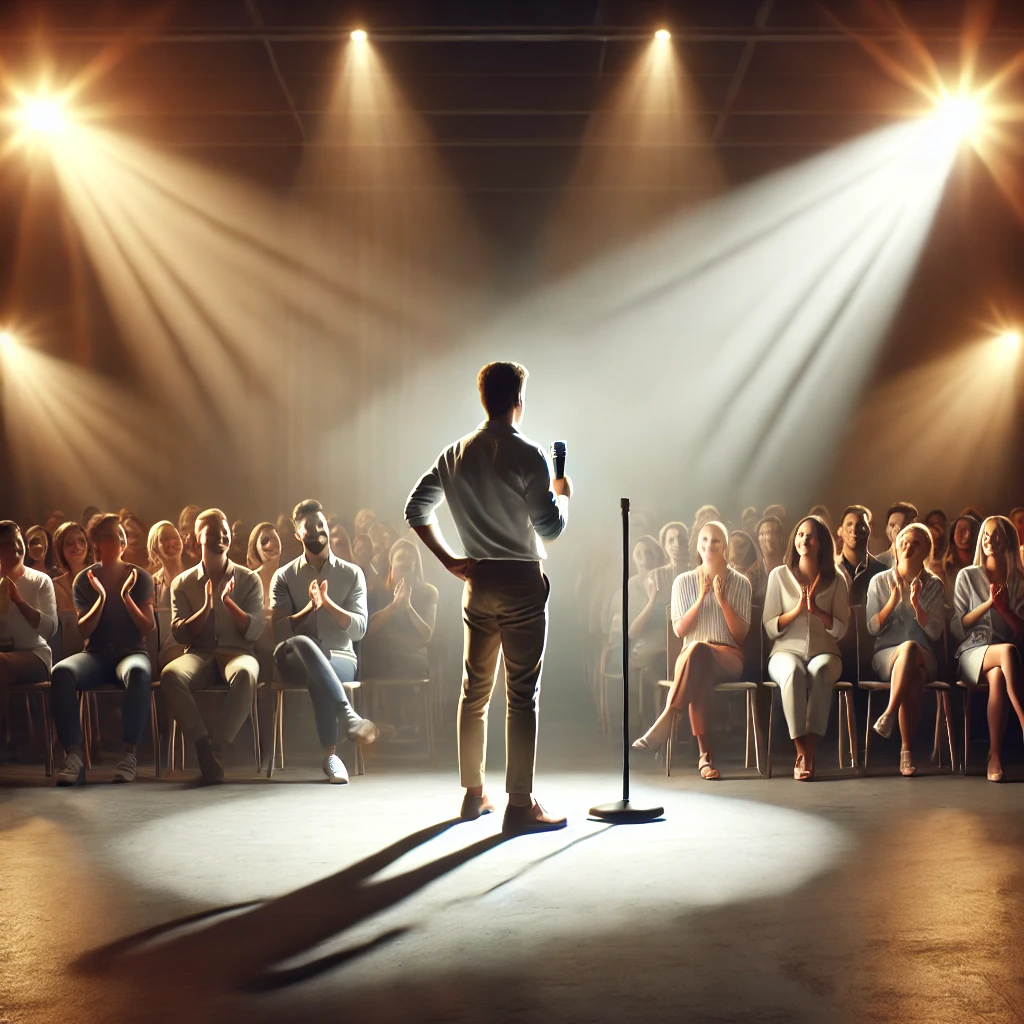
Dealing with anxiety and cravings has been a struggle for as long as I can remember. I tried every tip out there—distracting myself, challenging my thoughts, even trying to ignore them altogether. But none of that really worked. I’d end up even more stressed, wondering why I couldn’t just “get over it.”
Recently, though, I came across a different approach, and it’s honestly changed how I handle tough emotions. Instead of pushing away the anxiety or cravings, I began to just accept them. It might sound strange, but stay with me, because this simple shift has made a big difference for me.
The classic way people tell you to handle anxiety is to question and challenge negative thoughts. For example, if I thought, “Everyone thinks I’m weird,” I’d try to replace it with, “No, people probably don’t notice.” But when you’re really anxious about social situations, it’s hard to believe those new, positive thoughts. It feels like you’re just lying to yourself. And honestly, just trying not to think about it at all feels impossible! It’s like trying not to think about a pink elephant—suddenly, that’s all you can think about. So this approach never felt right for me.
Then I learned about a different approach that’s more about observing and accepting what you feel, instead of fighting it. Rather than trying to shut down my anxious thoughts before a social gathering or while talking to someone new, I’d just notice them. If I felt nervous, I’d acknowledge it, feel where that nervousness showed up in my body, and focus on my breathing. It’s not about getting rid of the anxiety but about realizing, “Okay, I’m anxious in this situation, but that’s okay. I can handle this feeling.” And here’s the surprising part: when I stopped resisting my anxiety, it started feeling less intense.
One example that really sticks with me is from my visits to my grandfather in the hospital. Every time I left, I felt a mix of guilt and sadness. Before, I’d try to shake off those feelings, which only made them worse. But I started a new practice where, after each visit, I’d sit on a bench outside, close my eyes, and let myself feel those emotions fully. I imagined my feelings like dark clouds and my breath like a gentle breeze blowing them away. The guilt and sadness would eventually fade. Sometimes, a lingering heaviness would stick around, but I learned to sit with it. I didn’t need to push it away; it was okay to feel sad. This small change helped me feel more at peace, even during tough times.
Another place this approach helped was with cravings, especially around things like binge-watching TikTok. I used to feel guilty about spending hours scrolling through videos, telling myself, “I won’t do it tonight.” But shifting from “I won’t” to “I want to” changed everything. I started focusing on wanting to do things that felt better for me in the long run, like reading a book, spending time with friends, or getting a good night’s sleep. I’d remind myself of how much better I felt when I chose these things. This way, I wasn’t fighting the craving to scroll through TikTok; I was just choosing something that felt better. Surprisingly, this made it much easier to stick to my goals.
This same approach worked for other cravings, like the urge to scroll through TikTok. Instead of trying to make the urge disappear, I started observing it. When I felt the pull to open the app, I’d pause and check in with how my body felt. Maybe there was some restlessness or a bit of boredom. Rather than giving in immediately, I’d imagine the urge like a wave building up. Waves rise and fall, but they always fade. I reminded myself that even if I didn’t open TikTok right away, the urge would eventually disappear on its own. This helped me break the habit of mindless scrolling and enjoy more intentional moments of downtime.
Both anxiety and cravings can feel like waves crashing over us. But by simply observing them, without fighting or judging, I’ve learned to let these feelings come and go. This shift has been a game-changer for me. Now, instead of getting frustrated with myself, I feel calmer and more in control.
So if you’re struggling with anxiety, cravings, or just tough emotions in general, maybe give this approach a try. Don’t fight it. Just observe, breathe, and let it be. You might find, like I did, that sometimes the easiest way to overcome something is by not fighting it at all.








